Most preppers have a family to consider when setting up a bug-out vehicle.
The clear choice becomes a spacious four-wheel-drive, but what if you haven’t got four people to worry about?
If you’re bugging out solo, do you need all that car?
How to Build a Bug-Out Motorcycle
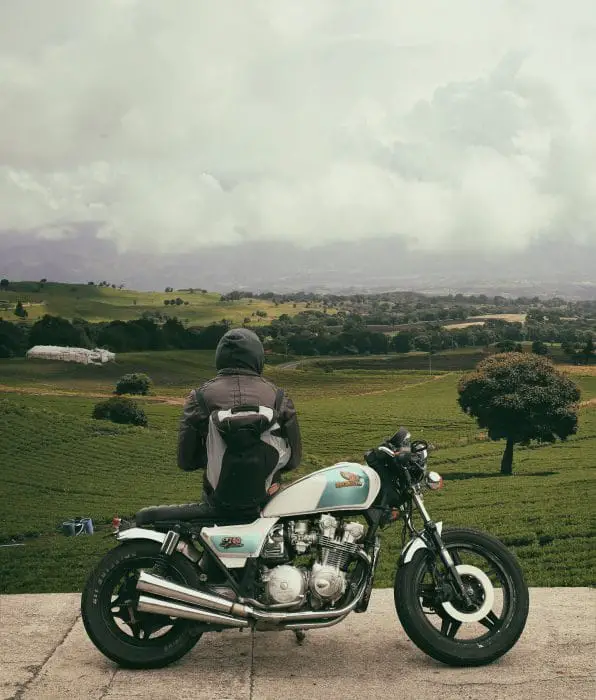
A truck or SUV can offer space, power, and shelter. But a bike will be far more agile and efficient and will provide a higher range and technical capability than any four-wheeled vehicle.
So if you’re betting on moving fast and light in an SHTF situation, keep reading to learn how we’d spec out a bug-out bike.
Choose the Right Bike
Owning and riding motorcycles is a great hobby. But just because you own one doesn’t mean it would make a suitable bug-out vehicle.
You’ll want to consider the ride you start with because you’re going to invest in numerous accessories for it. When game time comes around, you won’t be able to double back and choose a different vehicle.
With all the hype around prepping in recent years, the internet serves up a wide variety of options when you Google “bug-out bike.” Some of them are more practical than others.
Options like diesel power, fat tires, storage for a weapon or even a bicycle-style crankset such as the Motoped Survival Bike all get credit for zombie apocalypse appeal. But before you assume the walking dead are involved, let’s consider practicality.
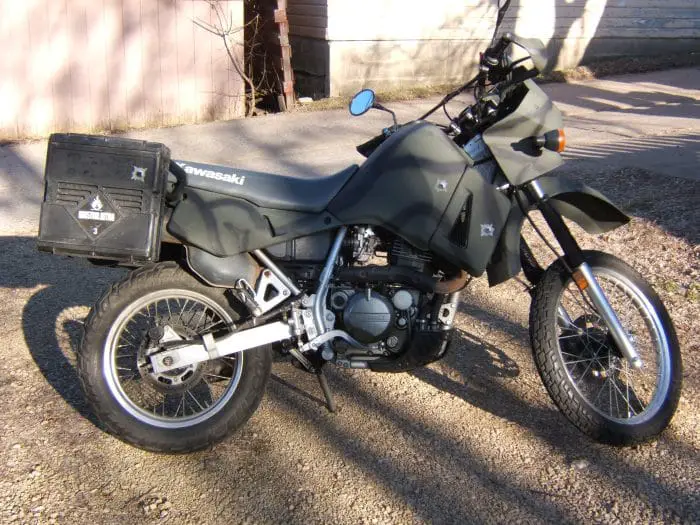
You want a motorcycle that can handle technical terrain, perform reliably and stretch a single tank of fuel as long as possible.
Selections like the Ducati Terracorsa might look great, but it’s unlikely you’ll be hosting a post-apocalyptic two-wheeler show. With so many cheaper, extra fuel-efficient options available on the used market, your money is probably better spent elsewhere.
If you’re going to buy something used and convert it into a bugout vehicle, consider the approach OFFGRID took with their Suzuki DR200SE build.
It’s affordable, easy to service on the side of the road, has adequate power — particularly when you have the open highway all to yourself — and can navigate technical terrain. Be sure to perform a thorough inspection of the bike before buying, as this is a project motorcycle, not a restoration.
The used market is full of high-production, sturdy little trail rides you can harvest parts for in case of an SHTF situation.

If you want to buy new, the DRS200, Yamaha TW-200, Kawasaki KLX-250s and Honda CRF250L all retail between $4200 and $5100. You can step up to something with more grunt, but you’d better have a plan to extend its range.
Assemble Your Bug-Out Kit
Truck or no truck, you still need supplies. Before you outfit your ride, you might give yourself a better idea of how much stuff you’ve got to cram onto it by gathering the items that will go into your bug-out kit.
Food and water are the prized supplies. You’ll want about three gallons of water, assuming three days of survival time. You can also calculate for more or less depending on your activity level and the climate.
Since water is such a vital resource and is also quite heavy and awkward to haul around, having a purification solution is even more essential when you’re traveling by bike. In fact, you should have multiple.
We recommend carrying a compact pump-type filter or filtering water bottle as your primary tool. Augment that with iodine tablets or other chemical treatment methods to use as backups without occupying space.
As for food, all of the same rules apply to bug-out meals on a motorcycle — plus, you’re looking for the most nutrition you can pack into a small space. Dried goods are still an option, but you should package them in containers to make them compact and stackable.
Nutrition and meal replacement bars are some of the simplest foods to pack. While they might not be gourmet, you can put them away quickly and avoid spending too much time off-road if you need to keep moving.
Don’t forget to include any necessary documentation, including identification papers, passports, and medical prescriptions. Get extra supplies of any medication you’ll require and be sure to pack them in safe, weather-sealed containers.
Include a camp stove, basic tools for repairs on your bike, flashlight, signaling equipment such as flares or road triangles and a form of shelter. We recommend the most compact-yet-weatherproof tent you can find, but some people choose a bivy and sleeping bag.
Last but not least, don’t forget your first-aid kit. You might have to opt for a compact solution because of your two-wheeled mode of transport. Considering the potential dangers of riding a motorcycle, though, you shouldn’t skip this valuable item. Make sure it includes compresses, a tourniquet, burn cream and a splint along with the other standards like band-aids and tweezers.
Add Storage
“Conventional” bug-out vehicles tend to include the ubiquitous bug-out bag. A stash of food, water, medicine and other mission-critical supplies for your survival can expand into quite a lot of kit. More than you can reasonably fit on a motorcycle, as you may have already concluded.
Since you’ll be rolling solo, you won’t need quite as much in the way of food and water, but you do have to make extra space to be well-prepared in case you can’t find additional sources of sustenance.
That means finding ways of mounting extra packs and storage on your bike. Our recommendation is to install a frame-mounted rack system that will allow you to strap bags and gear to the motorcycle’s frame and distribute the weight.
You can add additional storage to your bike’s flanks or tail and a tiny pack or pouch on the handlebars. Racks are available from a variety of aftermarket bike outfitters — choose one you like.
Military surplus stores are a fitting place to look for affordable packs that come with daisy chains for lashing to the racks. If you don’t mind paying a premium, you can find similar equipment from outfitting companies such as Patagonia, The North Face, and similar outdoor brands.
Maximizing the amount you can carry is essential, so don’t stop at the frame-mounted racks. You can also add saddlebags, which are similarly easy to find and mount, to bump up your carrying capacity.
Companies like Tusk, Nomad USA and VUZ produce weather-sealed, durable saddlebags that are much more resilient and suited to SHTF moments than their aesthetically-pleasing leather counterparts.
It may be necessary to install the saddlebags before the racks, though. Be strategic about what order you mount your items in to save yourself the trouble of removing one accessory to attach another. The last thing you need is to be slowed down by making decisions about the arrangement.
Fuel Up
Any good prepper knows that a good plan assumes you won’t have access to gas stations or other supply caches. Perhaps you can find fuel by siphoning from another vehicle if you’re resourceful. But rather than start your day with a petroleum power shake, you should plan to carry extra gas.
Many aftermarket parts companies produce upsized gas tanks for standard bikes — another reason why you should select something mass-produced for this project. You should investigate your options on this end, as well as the complexity of the installation. In many cases, it’s as simple as unbolting a few parts — including the factory tank — removing the fuel lines and then doing it all in reverse.
Even if you can’t upgrade your tank size, you can still arrange to have extra fuel around when necessary. You can mount canisters to your storage and add a couple tanks of gas if your motorcycle is efficient.
Consider the safety of your fuel storage solution before settling on a decision. You’d admittedly be a terrible survivalist if you build a sweet bug-out bike only to be immolated if your canister falls off at the wrong time or leaks on your motorcycle.
A poorly planned storage strategy is dangerous to you, but anyone behind or near you is in harm’s way as well. Don’t be inconsiderate — in a bug-out situation, everyone’s trying their best to survive.
Outfit Yourself
Since your bike can only carry so much of the load, you’ll have to be thoughtful about how you can spread the weight across your person to include all the necessary items. As you probably know, adding significant mass to the rider will have real effects on your two-wheeler’s handling behavior.
Standard safety equipment is a must. You’ll want full-body coverage and protection for your eyes, hands, and feet. Choose a helmet with integrated Bluetooth radio to allow for communication with other riders if you know you’ll have company.
This feature is also great for piping in music while crossing vast swaths of empty tarmac — a bit of musical company never hurts.
Because you’ll have to maximize your storage space, you’ll probably end up wearing a backpack. A full-frame pack is the best means of packing all the gear you want to have with you, and we suggest trying out several to see how they feel when in a riding position.
A comfortable waistband and chest cross-strap will help you stay comfortable on long rides, and can be mounting points for the equipment you want to keep close-at-hand like flashlights and radios.
If you should have to leave your ride and travel on foot, a good sturdy pack will allow you to bring as much of your kit as possible. Similar to the backpack, your clothing should be durable but comfortable. Technical pants with pockets will offer appropriate functionality and a mix of protection and comfort.
Choose waterproof boots but not dedicated off-road riding boots. These would be uncomfortable as your only form of footwear. An old and well-broken-in pair of waterproof boots make a great choice instead.
If you haven’t got those, be selective about the shoes you choose and break them. You’ll want to avoid blisters and discomfort if you need to hit the road in a hurry.
Implement Self Defense Measures
Finally, when traveling on a bike — as with any SHTF situation — you have to consider protection. We recognize this is a touchy subject for some, but the reality is you can’t know how safe or unsafe things will be, and it’s good to prepare yourself. You can decide on your own terms how much or how little you want to carry for armament.
While you probably won’t be doing any John Wick-style gunfighting from the back of your motorcycle, having quick access to a firearm in a dangerous situation is essential. A discrete but easily accessed waist holster is a good option for storing the sidearm of your choice.
We recommend something reliable with a large magazine such as the tried-and-true Glock 19. Choose a holster system that includes ammo pouches and store spare magazines for quick access. You can stash additional ammunition in a secure container.
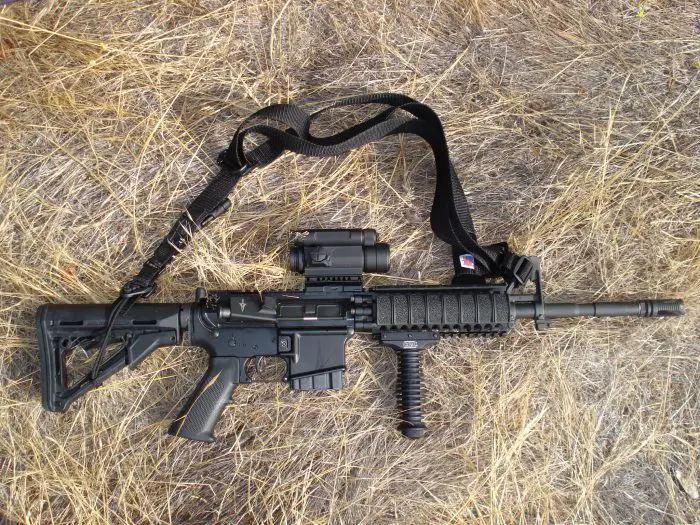
If you have room for it and believe it will be helpful, it’s possible to carry a rifle as well. The venerable AR-15 or AK47, outfitted with folding stocks, each makes for excellent compact travel companions.
Go for the AK if you’re looking for maximum reliability. The AR-15 is the more modern and accurate weapon, and if you know it better, it could be the best choice for you. Include extra magazines and ammunition in secure storage.
Be Ready for Anything
A bike might not jump out at you as being the best bug-out vehicle. However, when you put some effort into it, this two-wheeled platform can take you and your gear farther than any four-wheeled vehicle ever could.
Just like a bug-out car, make sure your motorcycle is fueled-up and well-maintained. No one needs a half-empty tank in a tight situation, especially if your safety is at stake.
You may have to act quickly and leave at a moment’s notice, so have your bug-out kit nearby. If you ever should have to use it, you’ll be the first one out of dodge on your well-equipped two-wheeler.
Bikes We Recommend
1. Trail Bikes
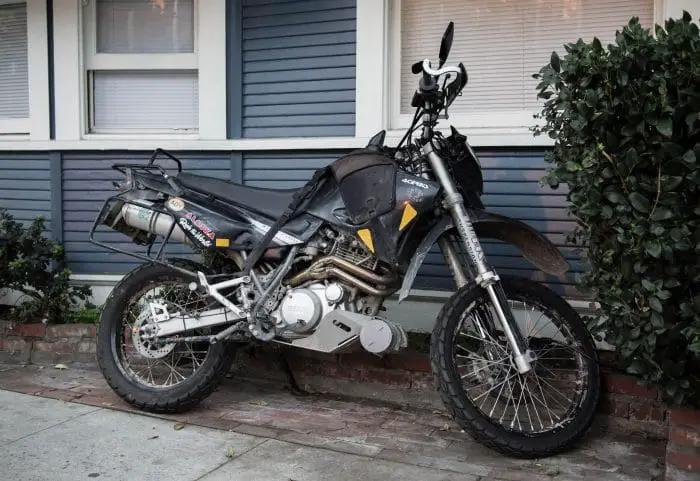
This might seem like your first choice because they’re designed for off-road stunt riding, but that’s what makes them perfect bug-out motorcycles. These lightweight portable bikes handle easily and they’re capable of going nearly anywhere.
The only downside is that they are equipped with a small fuel tank, so their range is limited. Don’t let that discourage you though — you can easily upgrade the tank or carry extra fuel if need be.
2. Honda Gold Wing
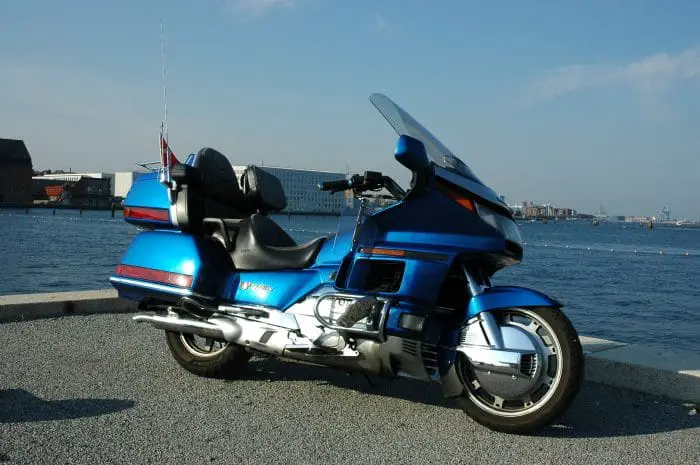
If you’re looking for something that can haul you and your gear for long distances comfortably, your best bet is going to be a touring bike like the Honda Gold Wing. It can be costly to buy one of these new, but you can easily outfit a used model for a fraction of the price.
Touring bikes are designed for the kind of people that drive from one end of the country to the other on a motorcycle. They won’t have the offroad prowess of some of the other options on this list, but they will still be more agile than a car or an SUV.
3. Tarus 2×2
If you want the mobility of a 4×4 without the two extra wheels, this bug-out worthy motorcycle is everything you could ever want. It’s collapsible — you can fold it up and stow it away in less than five minutes — and can navigate any off-road landscape that you could possibly imagine. If the world ends, you won’t be able to drive on highways that are full of abandoned cars. Taking a bike like this off-road is your best option.
4. Suzuki GSXR
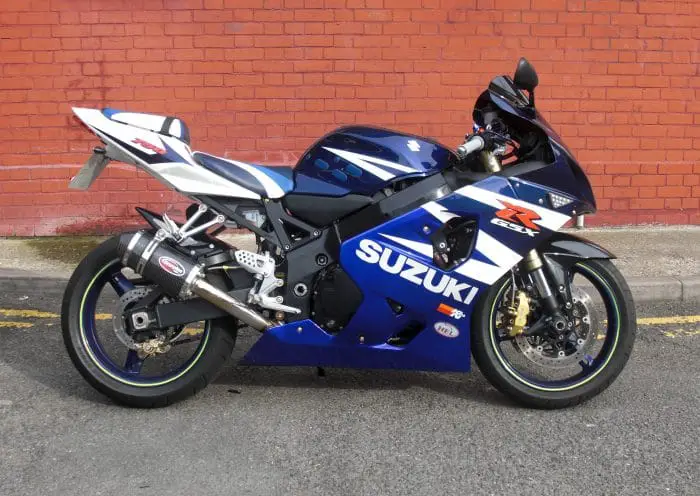
If you want something fast, agile and affordable, you can’t go wrong with something like the Suzuki GSXR.
You can pick up a used one for around $2,500, kit it out with whatever you need to survive, and easily fit it inside your EMP-proof garage or shed, just in case. These do tend to have smaller fuel tanks, so be prepared to haul some extra gasoline with you as part of your bug-out kit.
5. HDT Kawasaki JP8
When it comes to bug-out motorcycles, you can’t do better than the one that Hayes Diversified Technologies designed for the United States Marine Corps. In addition to being lightweight and durable, this motorcycle runs on diesel but is equipped with a multi-fuel capacity.
Don’t scramble for unleaded after the world ends — this nifty little bike will run on just about any alternative fuel you can think of. It’s probably the most expensive bike on our list, coming in at about $18,000, but it’s definitely worth it if fuel is a concern.

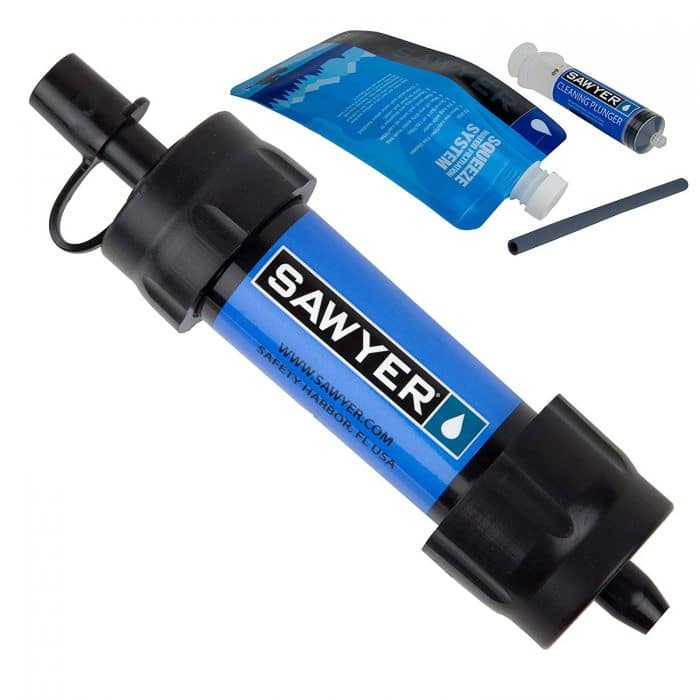
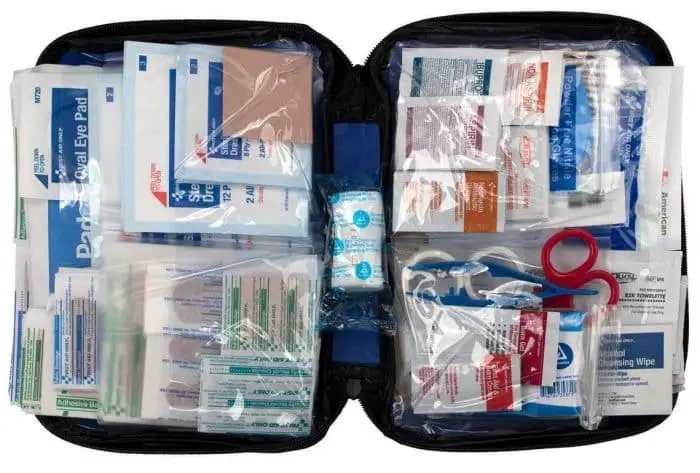
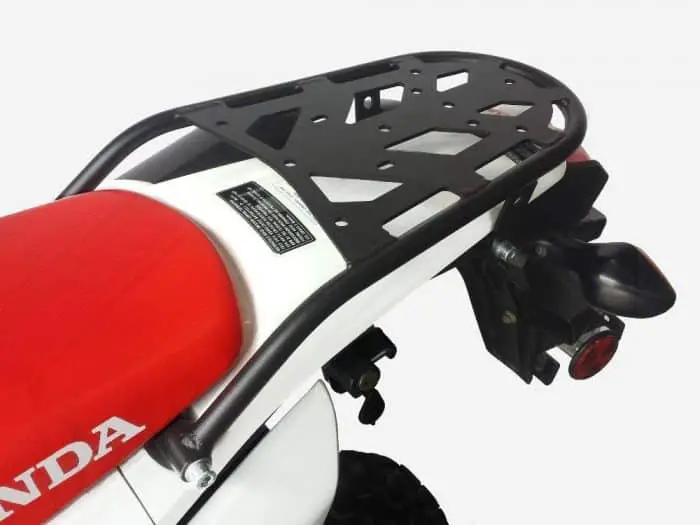

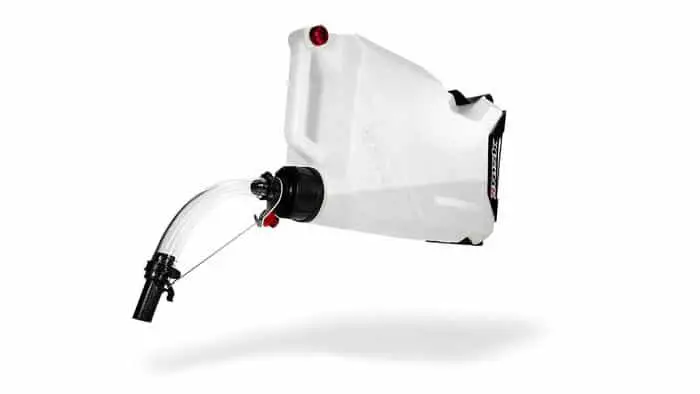
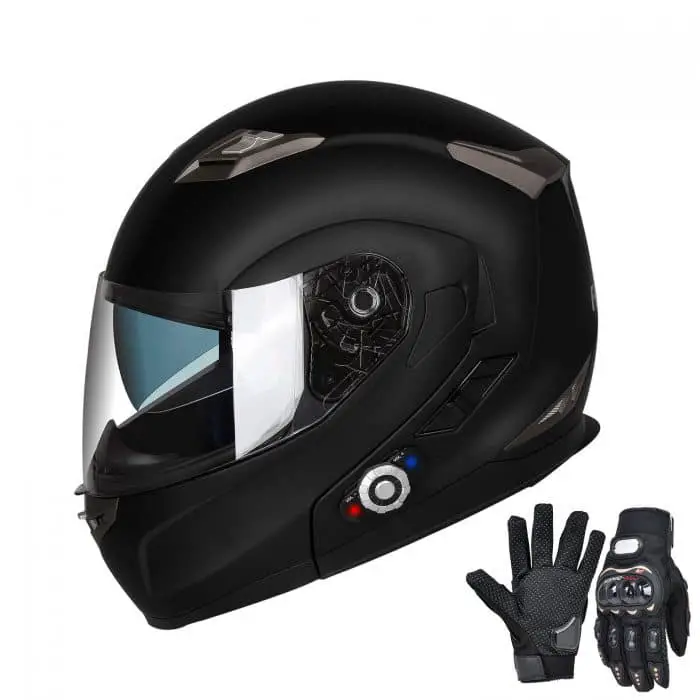
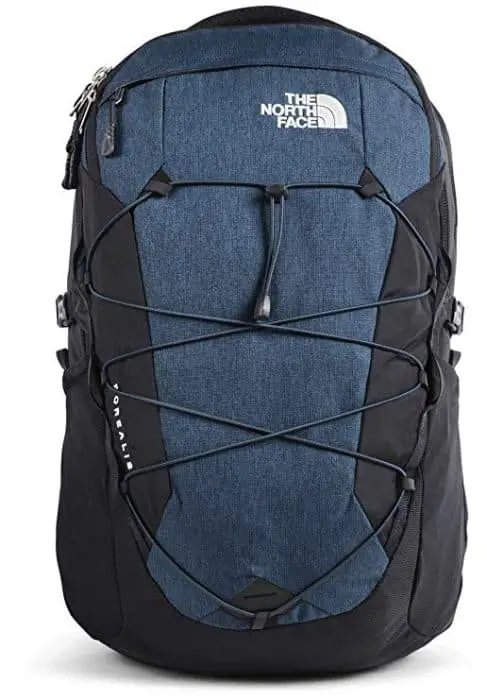
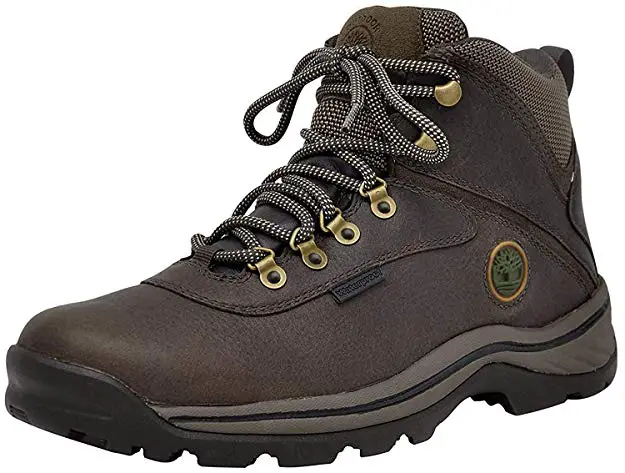
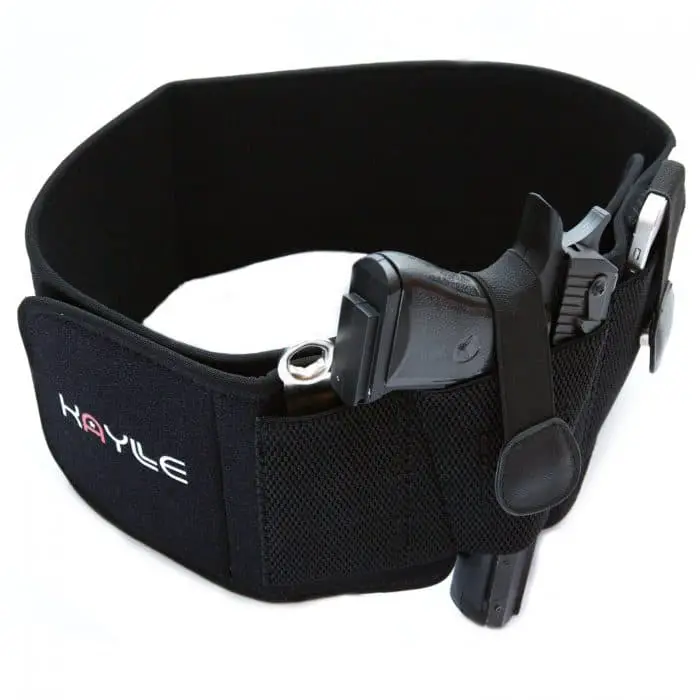
Your article on the diesel motorcycle WAS a real eye opener!! The pvc gagets is an equal eye opener.